Homophones – those tricky words that can confuse the best of us. Learning the difference between there, their, and they’re is important in the age of The Grammar Police. Work on identifying the correct spelling of homophones with these simple clip cards. These homophone clip cards are a great addition to your homophones games and exercises.
Homophone Games – Homophone Clip Cards
These homophone cards are great for spelling and reading practice.
The clip cards contain homophones examples with sentences make it easier for a child to see what context the word is used in. Common homophones include the words sun, son, write, right, break, brake, hi, high, week, weak, knot, not, no, know, sea and see.
Materials Needed:
Please note that affiliate links may be used in this post. Please see my disclosure policy for more information.
Optional (in lieu of clothespins):
- Glass gems
- Small toys
- Mini erasers
Setting Up the Homophone Clip Cards
The clip cards are very low prep. Just cut them out and you are ready to go! Make sure to cut around the outside of the card and not where the homophones are located.
We use these as clip cards, but if you don’t have clothespins there are other ways to use the cards! Cover the correct with a gem or a small toy. Laminate the cards and circle the correct word with a dry erase marker.
There are 9 sets of homophone pairs. Each homophone is set for about a 2nd-grade level. And each homophone pair has 2 cards – one for each word.
How to Use the Homophone Clip Cards
Homophones are tricky because they rely on memorization. There is no logical reason that sun is the bright object in the sky and a son is a male offspring. It’s just how it is. So learning the correct spelling for each word just takes practice. Turn them into Homophones Games with little prizes to make studying homophone words more fun.
We started off by reading the sentence and inserting the word. Then it was a matter of guessing which one was correct.
I’ve found that my kids knew a lot of them right off the bat. It seems like we think of these words in their own context and not their pronunciation.
After identifying the correct homophone, we started thinking of new sentences with each homophone. It’s fun to practice putting them into context and really helps to solidify the correct spelling in our heads.

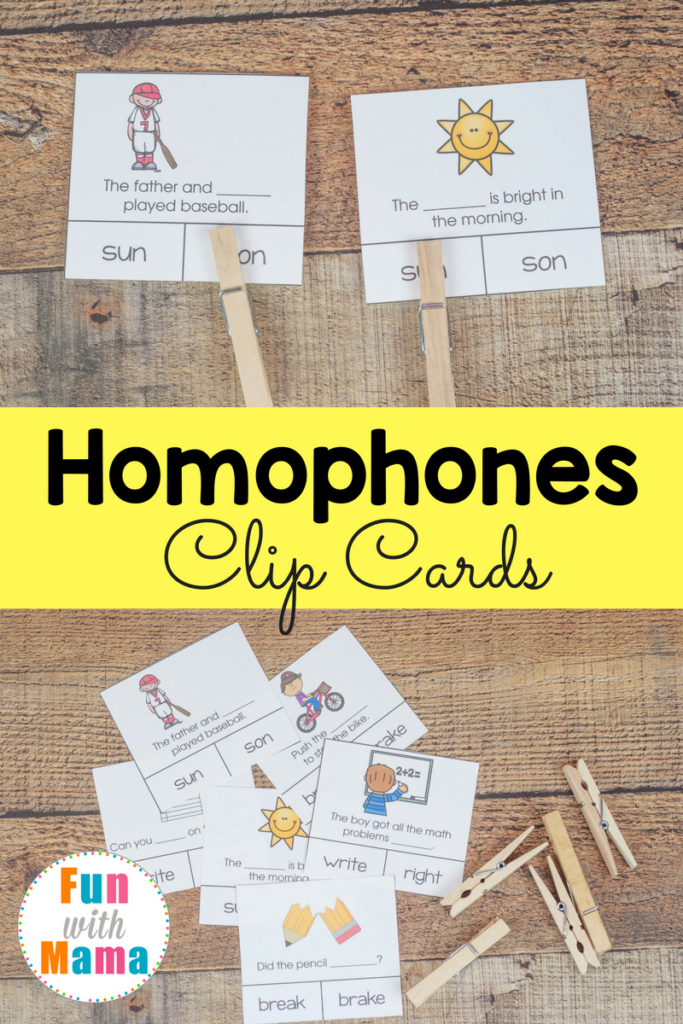

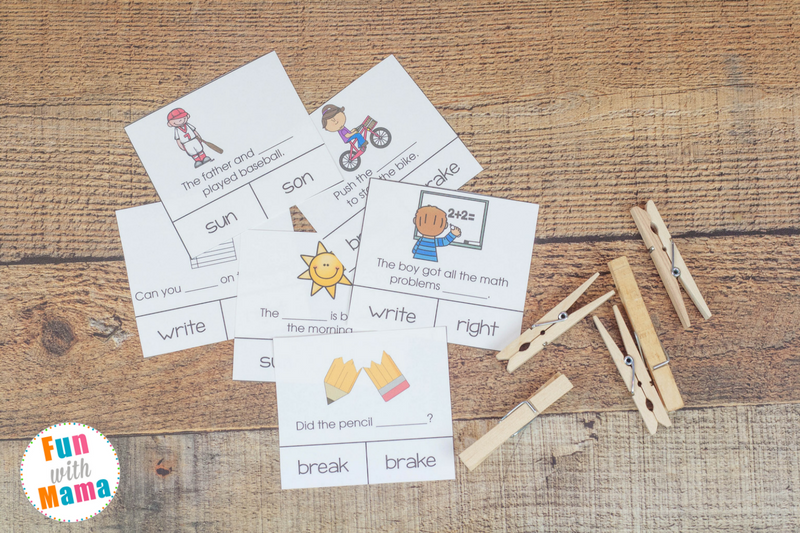
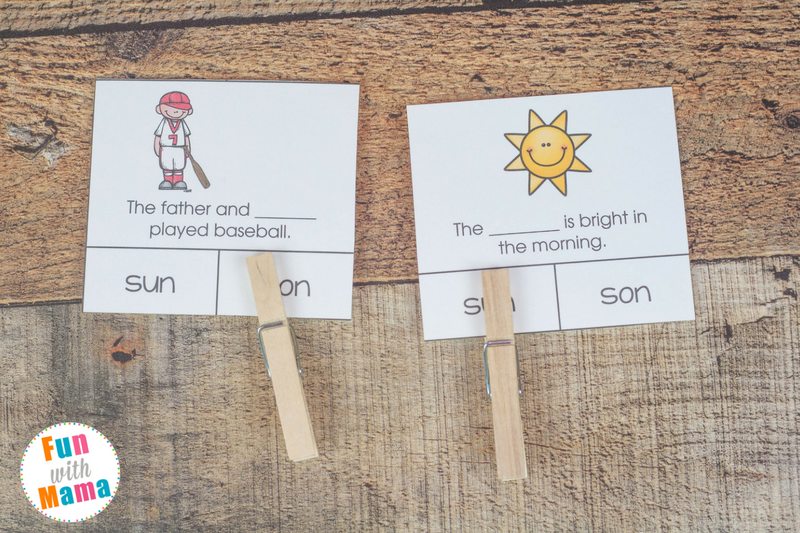
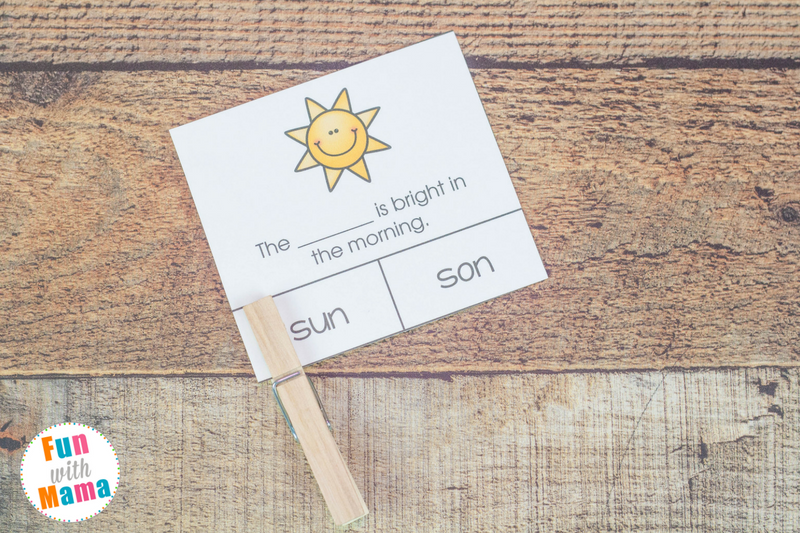

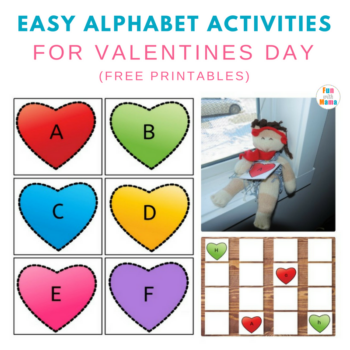
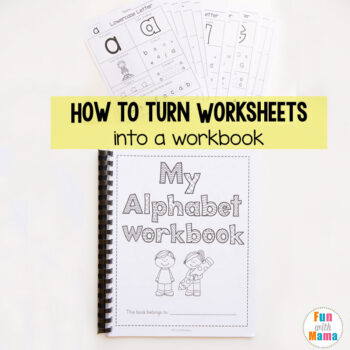
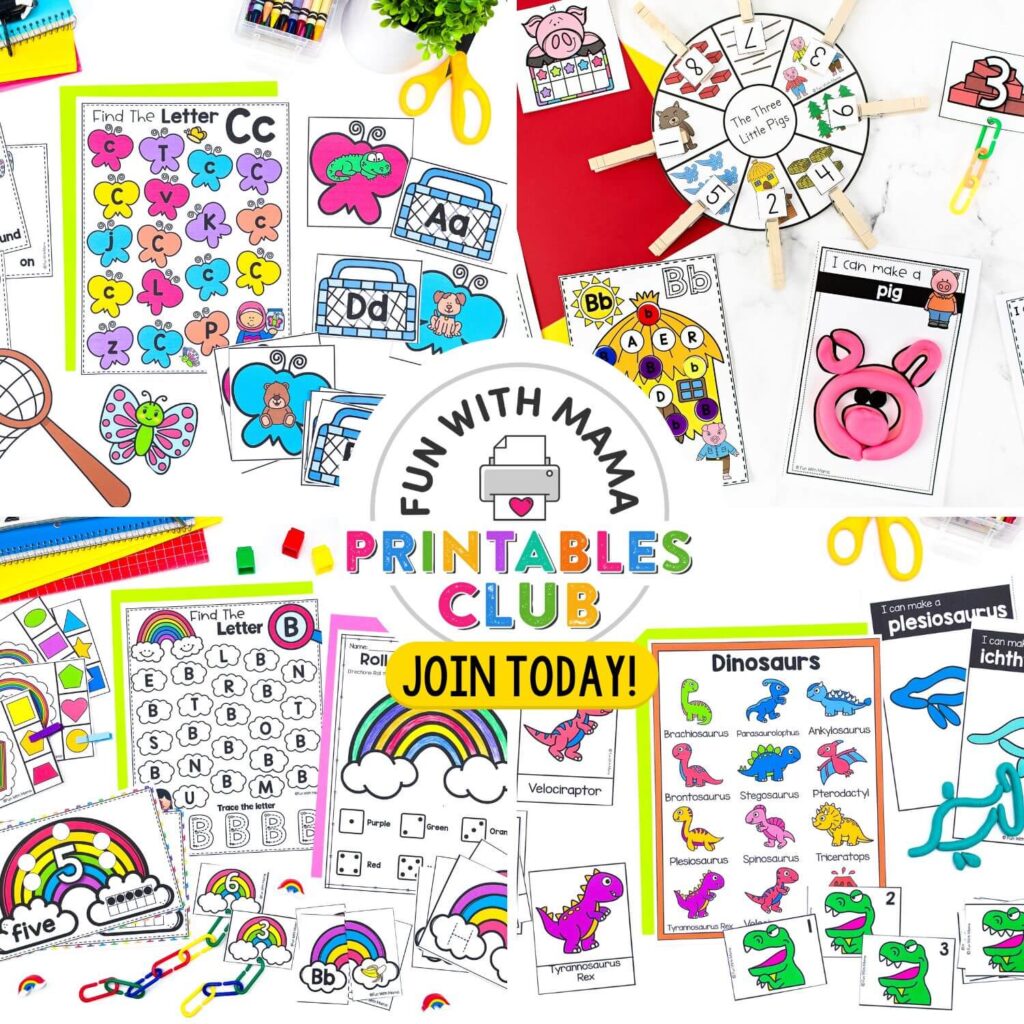

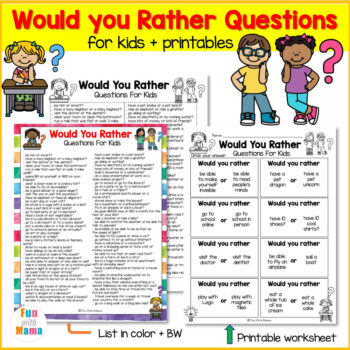
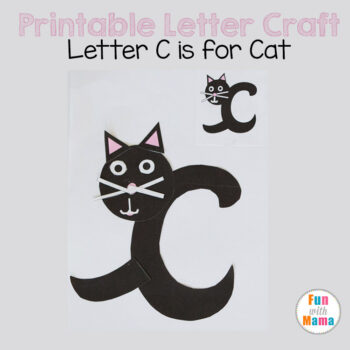
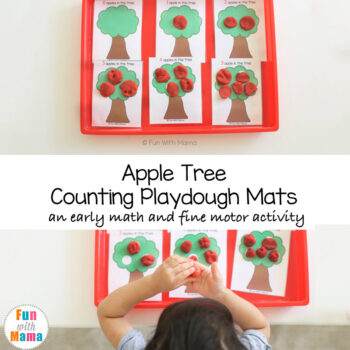
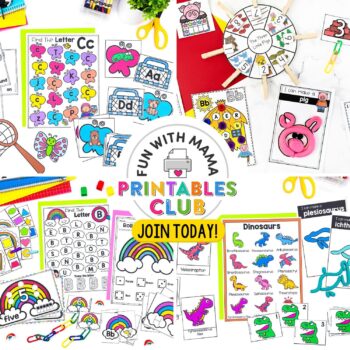
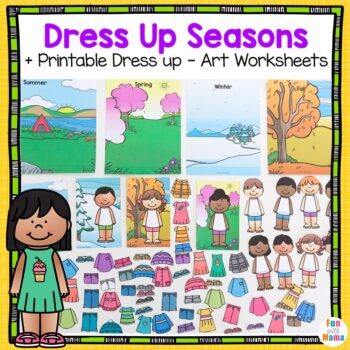
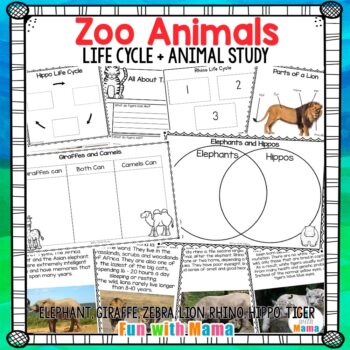
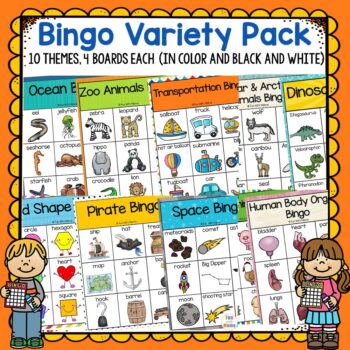
Leave a Comment